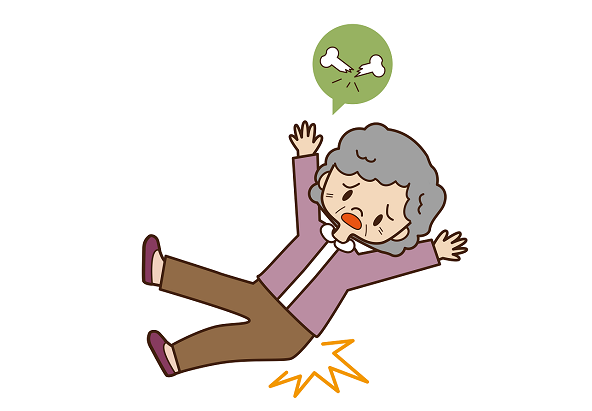It 's no secret that exercise is a key component to living a long and healthy life. For individuals living with Parkinson’s Disease, however, exercise may be one of the most important elements to improving quality of life. Here are 3 reasons why exercise, especially cross-fit training, is so critical for those living with Parkinson's Disease:
1. Symptom Management – Individuals living with Parkinson’s often experience degenerative bodily symptoms such as tremors and shaking, Bradykinesia (decreased body movement), muscle stiffness, impaired posture, and loss of balance. As shown in the video above, as well as demonstrated in the Parkinson’s Outcomes Project, regular exercise leads to improved gait, range of motion, balance, flexibility, and overall better body control.
If started in the early stages, cross-fit training can actually change the course of the disease and dramatically minimize the severity of any of the above degenerative symptoms. Yoga and stretching correlate to improved flexibility, muscle stiffness, and better posture. Cardiovascular exercises, especially those involving repetition, such as boxing, dancing, and swimming, have been proven to enhance gait and bodily control. Weight training develops balance and the ability to perform tasks such as gripping objects, standing from a sitting position, and picking up heavy objects. Performing one type of daily exercise such as walking on a nearby path is always encouraged, however incorporating a variety of different exercises into your workout routine improves more areas of life than the redundancy of one exercise.
2. Psychological Health - Located in the middle of the human brain is a region called the Substantia Nigra. Parkinson's Disease attacks this region of the brain, specifically a chemical called dopamine. When our dopamine receptors are not working properly, not only do we experience a decline in motor functioning skills and physical movements, but the way our brains understand pleasure and reward also suffers. To clarify, pleasurable experiences such as achievement and physical sensations stimulate the release of dopamine. Thus, when a Parkinson's patient begins to experience the effects of physical deterioration, compounded by neurological impairments in how the brain understands pleasure and reward, it is no wonder that up to half of Parkinson's patients end up dealing with depression. Furthermore, drugs such as L-Dopa which are used to increase the dopamine concentrations in the brain, have common side effects such as anxiety, hair loss, insomnia, low blood pressure, etc.
Ironically, exercise boosts the level of dopamine in our brains. In layman's terms, the more Parkinson's patients exercise and engage in physical activity the more dopamine is created and released in the brain - essentially improving mood and psychological health.
3. Reducing the Risk of a Fall - The decline of motor functioning skills among those living with Parkinson's Disease consequently increases the risk of fall-related injuries. A fractured hip, broken arm, or head trauma is the last thing a person living with Parkinson's disease needs added to their plate. Performing regular tasks around the house such as cleaning and cooking is already difficult enough, can you imagine how much harder it is with an additional injury? Furthermore, numerous studies have shown that a percentage of seniors who fall once will suffer from a recurrent fall within one year after their first accident. It's no wonder emergency room readmission is so high!
Cross-fit training, as demonstrated by Sheila Bellew (Personal Trainer) in the video above, reduces the risk of fall related injuries among Parkinson's patients by helping to activate and strengthen the muscles and ligaments used in everyday life. A simple dead-lift helps reduces the risk of a lower-back injury when bending over to take a hot plate out of the oven. Light yoga helps flexibility when kneeling over to tie your shoes when leaving the house. Cardiovascular exercises help mitigate dizziness when going up and down stairs. Cross-fit training is all about exercising the right way so our bodies are prepared for the challenges we face in everyday life.
Contact your local gym to connect with a personal trainer to create a cross-fit program specifically designed for your needs. Remember, the biggest obstacle in the way of regular exercise isn't physical limitations but rather motivation, which is true not just for Parkinson's patients but everybody. They key is to have fun with exercise. Try to choose exercises that will both challenge you but also keep a smile on your face.
Article and video composed by Alex Milzer with Senior Directory, LLC. Special thanks to Sheila Bellew with Better Bodies by Sheila.


Comments